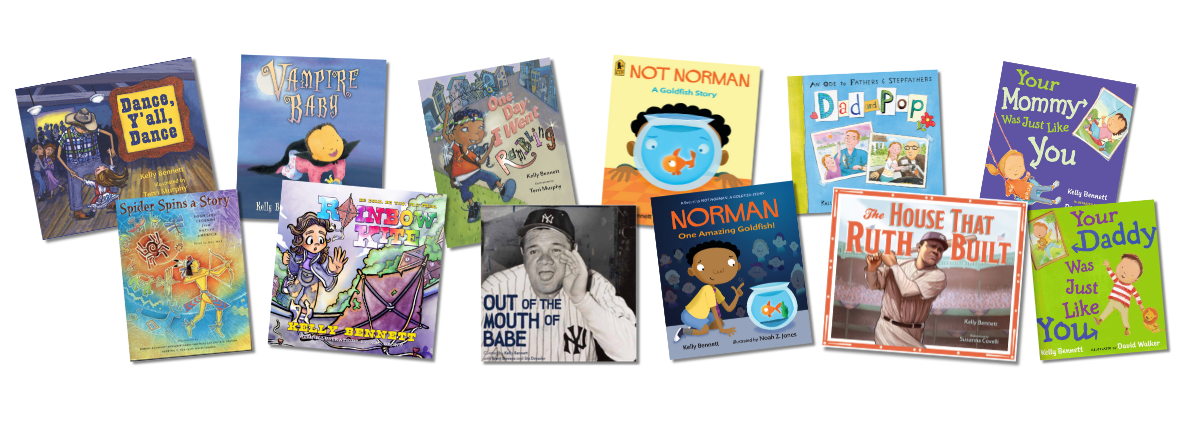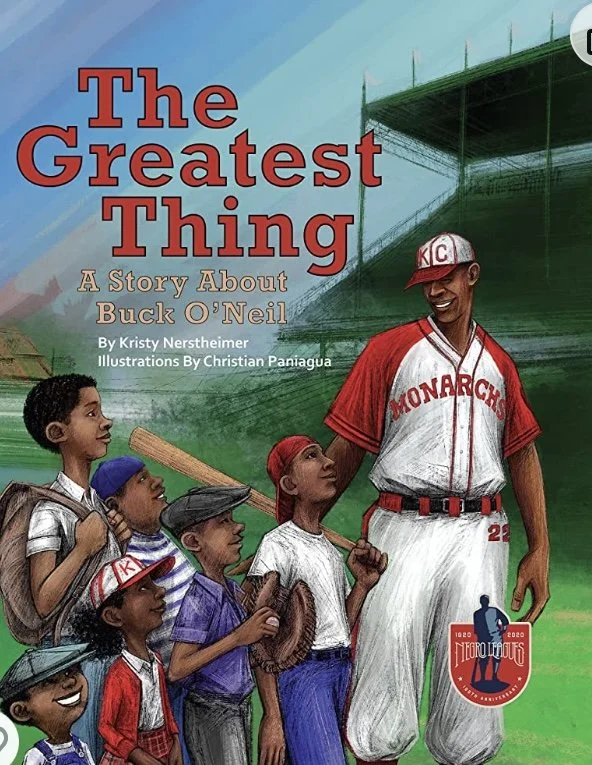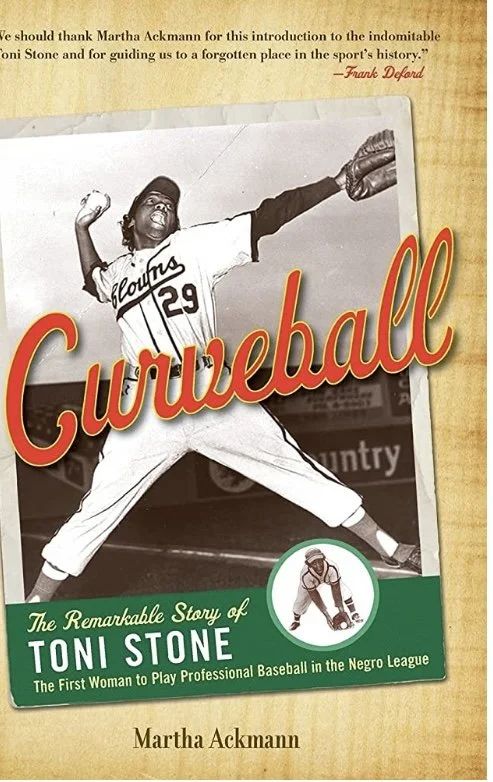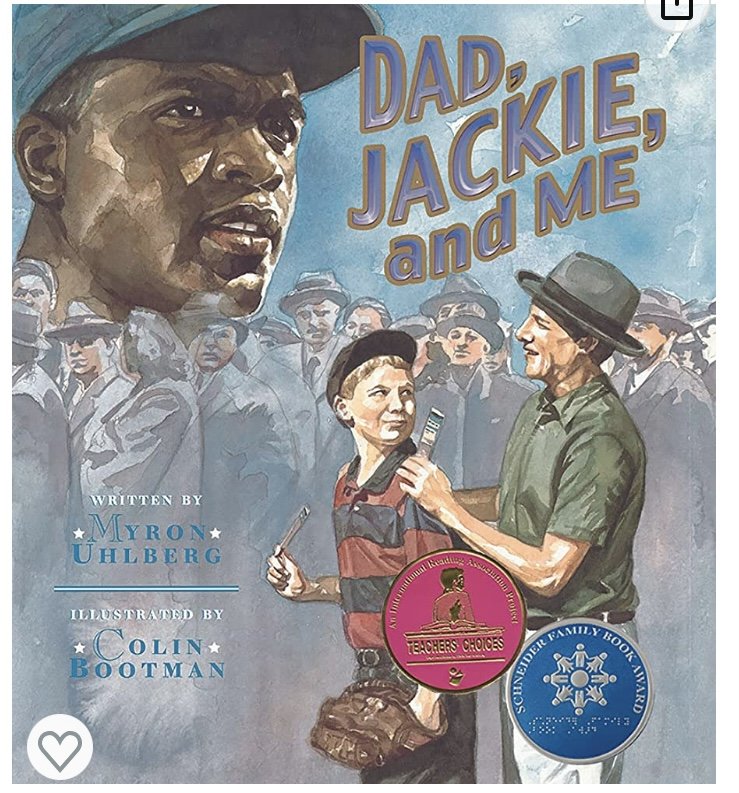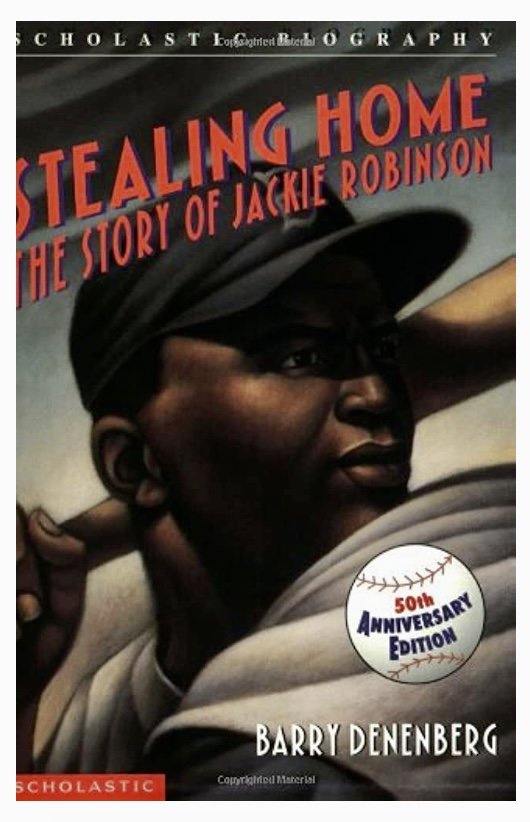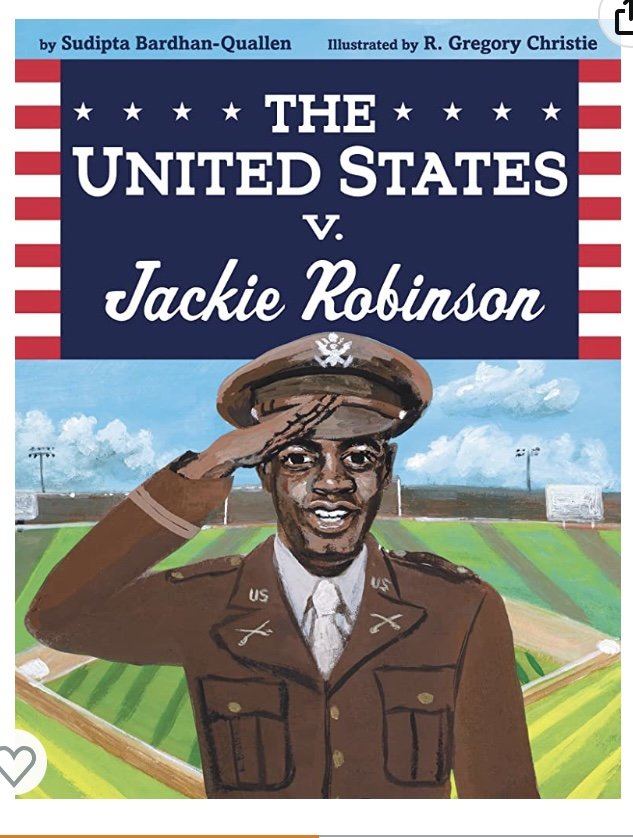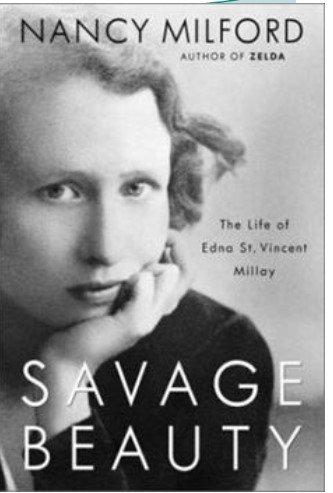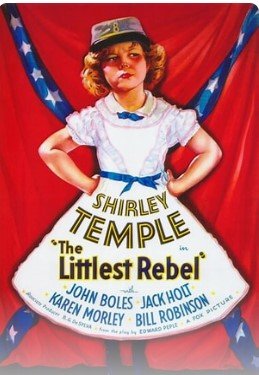March Reading Madness
March Madness is on! Basketball latter-gator …
March is National Reading Month! In between games and goings-on, pull out some books and read-read-read aloud with your kiddos!
After all, wouldn’t it be wonderful if your future all-stars could read about themselves—for themselves! Win-Win-Win! (A Three-Pointer!)
Tip-off starts March 2nd with Read Across America Day!
And get this, you don’t even need to lug around those big old clunky books. There are scores of picture book read-alouds on-line—click and pick!
Videos of my picture books are just a YouTube button Click Away! Below is a screenshot of my You-Tube Channel @kellybennettbooks9789 so you’ll know it. (Seriously…CLICK HERE!)
March Read Aloud Month more dates to remember (in case you need an excuse to read):
March 2: Read Across America Day
March 4: National Grammar Day
March 6-12: E-Book Week
March 20th: World Storytelling Day
March 21: World Poetry Day
What comes after March? April, of course! Library Week! So no excuses!
What’s more! my new picture book, The House That Ruth Built, illustrated by Susanna Covelli, available now from Familus!
“With beautiful, true-to-event illustrations reminiscent of Norman Rockwell, and with facts on every page about the stadium, the teams, and that very first fateful game that christened the original Yankee Stadium, The House That Ruth Built is the perfect book for kids and baseball fans everywhere. Take a step into the past and watch the baseball greats make history!”
For reading all the way down to here, you get a reward: It’s a brand-new readaloud of THTRB
Happy Read-Aloud March!
All Play Ball! Picture Books about Black, Brown, Male, Female Baseball Players
Spring Training is on! Right now, Major League Baseball players of all colors are warming up. A rainbow of baseball kids are warming up too, to play and watch—and read! These picture books about Black, Hispanic, Native American, male and female baseball players will make reading time a hit!
When talking baseball history, most fans’ knowledge of baseball players of color starts on April 15, 1947, when Jackie Robinson took the field as the Brooklyn Dodgers #42, the first Black player to play in the MLB. But that is far from the truth.
Black players have been playing as long, as well, and in spite of the MLB—right along with White players—the same game, by the same rules, and on the same fields!
Did you know that when Yankee Stadium wasn’t hosting NY Yankee vs other MLB team games, it was home field for Negro Leagues Baseball teams, too.
And there are—and were—women in Pro Baseball! Players, coaches, scouts, managers and owners. Effa Manley, owner/manager of Newark Eagles, was the first woman inducted into the National Baseball Hall of Fame!
Nicknamed “The Great One,” Roberto Clemente led the Pirates to 2 World Series, hit 3000 hits, and was the first Latino to be inducted into the Hall of Fame.
Read more in Roberto Clemente: Pride of the Pittsburg Pirates!
Mamie “Peanut” Johnson was the first female pitcher in Pro Baseball pitched in the Negro Leagues.
Read more in Mamie On the Mound!
Before 1947, players of color were banned from MLB so under the leadership of player/manager Pop Lloyd, the Negro Leagues was formed. Check out the Negro Leagues Baseball Museum website for Black players history, photos and more!
Negro Leagues superstar Buck O’Neil played with the Kansas City Monarchs. The Greatest Thing is his story.
Josh Gibson known as the “Black Babe Ruth” was one of the biggest hitters of all time! read more in William Brashler’s biography Josh Gibson: A Life in the Negro Leagues
“African Americans make up 50% of MLB’s current top 10 leaders in career HRs.”
On April 22, 1897, Louis Sockalexis became the first American Indian to become a Major League ballplayer with the National League Cleveland Spiders.
Read more about him in Louis Sockalexis: Native American Pioneer by Bill Wise.
Before Jackie Robinson put on the #42 Jersey and took the field as a Brooklyn Dodger, he’d done a lot of living and played a lot of baseball. There are books about him for readers of all levels:
And just so you know, my new picture book, The House That Ruth Built, illustrated by Susanna Covelli, is loaded with baseball history, vintage photos and trivia about the players, including Babe Ruth, Josh Gibson and the Negro Leagues, balls, bats, fouls, strikes bases loaded—available NOW from Familus!
Poetry Challenge #284-Play Like Millay
In 1912, when Edna St. Vincent Millay was 19, she entered a poetry contest with her poem “Renascence” which begins, “All I could see from where I stood”. She was given 4th place—and no prize. When the contest entries were published, many people felt Millay’s poem was better than the three men who had won money.
But, maybe losing the contest was the best thing for young Millay. Because people were outraged, she received national publicity.
She was invited to give a poetry reading in Maine where a wealthy woman became her benefactor and sent her to college.
In 1923, Millay won a Pulitzer Prize for poetry.
Edna St. Vincent Millay was the first woman and second person to win the award. Take that silly contest judges!
She won for her poem "Ballad of the Harp-Weaver” from the collection A Few Figs in the Thistle, published Jan 1, 1920. That’s prize winner isn’t even the most well-known poem in the collection; this is:
‘First Fig‘ was published in A Few Figs From Thistles.
Poetry Challenge #284
Play like Millay!
Because it’s her birthday, February 22 (1892-1950), let’s play!
Pick a line from a poem by Edna St. Vincent Millay and write your own poem from that line. Here are some lines from Edna St. Vincent Millay’s poems:
All I could see from where I stood
What lips my lips have kissed, and where, and why
Time does not bring relief; you all have lied
I know what my heart is like
To what purpose, April, do you return again?
Set Your Timer for 7 Minutes
Start Writing!
Don’t Think About it, Play like Millay!
Edna St. Vincent Millay was a fascinating character. Here are 2 excellent biographies about her. A Girl Called Vincent for young readers & Savage Beauty for everyone else!
Cindy Faughnan and I began this 7-Minute Poetry Challenge 2400+ days ago. Now we take turns creating prompts to share with you. Our hope is that creatives—children & adults—will use our prompts as springboards to word play time. If you join us in the Challenge, let us know by posting the title, a note, or if you want, the whole poem in the comments.
Click on Fishbowl link and sign up to receive email notifications from Kelly's blog (aka The Fishbowl):
All who subscribe, comment or share a poem will be entered in . . .
Poetry Challenge #283-Mughal Princess Poetry
There are princesses among us, walking, talking, working—using royal for good now* and then 350 years ago, confined to life behind harem walls writing poetry!
Imagine Zeb-un-Nisa*, a Mughal princess born Feb 15, 1638, wrote poetry that, centuries later is still being read, translated, published!
“Impatient were my hands , and in their haste
Never could they untie the knot of fate ,
So vain it is to wail my life laid waste,
My hours unfortunate .
And strange it is that even in my heart
The sweet tormenting flame of my desire
Is; quenched; impatiently I pulled apart
The brands and killed the fire
And never did the blossoms of success
Within my hope’s enchanted garden bloom
And my fair beacon-light of happiness
Is sunk in gloom
Faithless Beloved, many friends are Thine
So many love and have been loved by Thee,
They give their hearts, what cares Thou for mine
What need hast Thou of me”
Zeb-un-Nisa means “Jewel among Women.” She was the eldest daughter of Prince Muhi al-Din Muhammad (the future Emperor Aurangzeb) and his first wife and chief consort, Dilras Banu Begum. Her grandfather was Emperor Shah Jahan—yes, the one who built the Taj Mahal! (If you’d like to learn more about the Mughal empire, Shah Jahan & the love of his life and why the Taj Mahal came to be, read Taj by Timeri N. Murari, told partly from the viewpoint of a stone cutter building the Taj.)
As happens among Royals, turmoil, strife, back biting and in-fighting ensued. Zeb-un-Nisa was imprisoned (not sure how different that was from “confined in harem”) and died in 1702. But that’s not what this is about.
This is about how, in the midst of it all, Zeb-un-Nisa sequestered in the royal harem, wrote poetry, and impudent imp that she was, “used to secretly participate in hidden literary and poetry parties.”…As the years passed Zeb-un-Nisa began to write under the pen name Makhfi meaning “the hidden one. In all, Zeb-Un-Nisa is said to have written more than 15,000 verses.
What’s amazing, and cause enough to celebrate her, is that centuries later, her poetry is still be read, translated & published!
Poetry Challenge #283
Mughal Princess Poetry
Take a moment to read one of Zeb-un-Nisa’s poems. Notice how the translators took care to maintain the old world feel of the poem through language and rhyme scheme.
Choose a few lines or stanza from one of Princess Zeb-un-Nisa’s poems. Using the princess’s words as inspiration, see if you can’t use modern phrasing, line breaks, images to update the poem from the 17th Century to the 21st Century while still evoking the same feelings and sentiment.
Set Your Timer for 7 Minutes
Start Writing!
Don’t Think About it, write it!
*Carrie Pearson’s forthcoming picture book, Real Princesses Change the World features real-life modern royals working, inventing, striving!
Cindy Faughnan and I began this 7-Minute Poetry Challenge 2400+ days ago. Now we take turns creating prompts to share with you. Our hope is that creatives—children & adults—will use our prompts as springboards to word play time. If you join us in the Challenge, let us know by posting the title, a note, or if you want, the whole poem in the comments.
Click on Fishbowl link and sign up to receive email notifications from Kelly's blog (aka The Fishbowl):
All who subscribe, comment or share a poem will be entered in . . .
Poetry Challenge #282-The Littlest Rebel
Kate Chopin, did not lead a life in keeping with prim Victorian images of her captured on film.
Born Katherine O’Flaherty, in St. Louis, Missouri on Feb. 8, 1805, Kate had, as they say, the fiery temperament of a redhead (although whether she actually was a redhead, is hard to tell), and as a young girl, she earned a reputation as the "Littlest Rebel" when she tore down a Union flag that had been tied to her front porch by Yankee soldiers.
In spite of her “wild streak” (or maybe because of it—she was involved with those suffragettes after all) Kate was popular in St. Louis society. At 19, she married Oscar Chopin, a twenty-five-year-old French-Creole businessman who whisked her off to Louisiana. Despite relatives who warned him not to, Oscar “treated Kate as an intellectually equal, and didn’t mind that she smoked, drank, and behaved as her own person.”
The Awakening was considered dreadfully immoral at the time, although The NY Times praised her writing.
Fortunately for fans of her work—unfortunately for Kate and her six children—Oscar died of Swamp fever when our Kate was 33. She returned to St. Louis, took up the pen, and wielded it boldly.
Kate Chopin is considered one of the first feminist authors of the 20th century. Her second and last novel Awakening (published in 1899; rediscovered in the 1950s), is her most famous work, as well as the most infamous. Although she never published another novel, Chopin wrote about 100 short stories and poem, too, Here’s one example:
Poetry Challenge #282
Littlest Rebel
Notice how Kate began each stanza of “By the Meadow Gate” with the same line, and ends it with an echo?
For this prompt, use all of part of the first line of “By the Meadow Gate” as the first line of your poem. And, just as she did, begin and end the stanza (or stanzas) the same way.
However, in celebration of Kate Chopin’s wild streak, unlike her sweet poem, let yours veer as far as you dare to the wild side!
Set Your Timer for 7 Minutes
Start Writing!
Don’t Think About it, Write it!
Wonder if this movie starting Shirley Temple was inspired by Kate Chopin? Might have to rewatch it and see!
Cindy Faughnan and I began this 7-Minute Poetry Challenge 2400+ days ago. Now we take turns creating prompts to share with you. Our hope is that creatives—children & adults—will use our prompts as springboards to word play time. If you join us in the Challenge, let us know by posting the title, a note, or if you want, the whole poem in the comments.
Click on Fishbowl link and sign up to receive email notifications from Kelly's blog (aka The Fishbowl):
All who subscribe, comment or share a poem will be entered in . . .
What Inspires Me? J. Ivy
If you’re reading this, the 2023 Grammy Award ceremony is over. If you watched, you watched history being performed as the nominees and winners of a brand-new award category were announced:
Best Spoken Word Poetry Album
Whether you know it or not, poetry is alive and slammin’ in classrooms, coffeehouses— between b-ball games and cheer practice—gyms all over! Yes, Poetry!
Amanda Gorman brought poetry to the attention of the voting public when she read her poem, “The Hill We Climb,” at Biden’s Inauguration in 2020.
But J. Ivy! By pushing, urging, writing letters, campaigning, insisting Spoken Word Poetry Albums be recognized as Grammy Worthy, Poetry—performance poetry—vibrant poetry—the spoken word is now right up there with Pop, Country Western, Blues…Spoken Word Poetry is the 1st or 91st of the 2023 91 Grammy Award Categories! As it should be, for as J. Ivy said in an interview shortly after the new Grammy category was announced:
“Poetry is at the base, the root, of song.”
While being nominated—perhaps winning (if you’re reading this you know)— was not J. Ivy’s reason for pushing for the Best Spoken Word Poetry Album category being added. His purpose was to give performance poetry it’s due and to help poetry creators & performers to be heard. After the category was added, he helped 20 or 30 other poet’ work through the award consideration submission process. But once you’re heard J. Ivy. you know he deserved a place on the list—in my opinion, at the top!
He’s nominated for his fourth album, 2022’s “The Poet Who Sat By The Door.” It’s a spoken word-musical opus that features contributions from Legend as well as Slick Rick, PJ Morton, Sir the Baptist, BJ the Chicago Kid and a number of other talents.
This year, J.Ivy is nominated alongside five other “Spoken” albums by, among others, Dave Chappell and our former POTUS Barrack Obama—none of which are poetry albums. The goal—J.Ivy’s goal for next year’s Grammys is to have “All five performers nominated be poets!”
Now that’s inspiring!
If, like me, you’re craving more of J. Ivy’s work, click over to J. Ivy’s YouTube Channel @JIvyTube settle back and enjoy!
Fin Pal asks Norman: What's for Dinner?
What is your favorite food? Do you think you and Norman would like it? Do you think Norman has a favorite food? If so, what do you think it is?
Ready to read Norman’s answer? Scroll down . . .
Glug
Glug
Glug . . .
But first a finny:
Q: Why are fish so easy to weigh?
Q: Why are fish so easy to weigh?
A: Because they have their own scales.
Do you have a question for Norman the Goldfish- about friends, school, pets, family, life in and outside the fishbowl? Send him a letter!
Don’t forget to order your copy of NOT NORMAN: A GOLDFISH STORY and NORMAN: ONE AMAZING GOLDFISH!!
Poetry Challenge #281-Judicious Pruning
In my current silly state of mind, couldn’t resist riffing off of a Cole Porter standard* to introduce today’s prompt. After all, it’s February 2nd—Groundhog’s Day—and whether or not that frisky little fellow scurried back inside or not, Spring is just around the corner.
“Gardeners do IT!
Chef’s do IT!
Even top excec-u-ets do IT!
Let’s do it! Let’s . . . ”
There are many weak words in the English language. Anytime you want to strengthen your writing, look for them and delete them. I keep a list to refer to, and add to this list whenever I notice words I overuse.
You might start out with this list:
Cutting away the chaff is especially helpful in a poem where you don’t have many words. Each word must help convey the picture/feeling/sound that you are trying to get. Words that are more specific are stronger because they help the reader create a clearer picture.
Poetry Challenge #281
Judicious Pruning
Find a poem you’ve written that has a feeling you like. Use the following steps to see whether you can make it better.
1) Read the poem and watch for words used more than once. Can you change these words?
2) Check for each of the weak words listed above. (Feel free to add other words that you think are weak.) Delete these weak words and rewrite the line as needed.
3) Look for your nouns (People, places, or things). Is there a better word that creates a more specific picture?
4) Are you using sound? Watch for repeating sounds or see where you can add some.
5) Read your poem aloud.
6) Have someone else read your poem aloud while you listen.
Set Your Timer for 7 Minutes
Start Writing!
Don’t Think About it, Chop-Chop-Chop!
*Did you recognize which Cole Porter song inspired the riff? Send the title in the comments and you’ll be entered in the next quarter’s Winner-Winner Chicken Dinner Giveaway!
Cindy Faughnan and I began this 7-Minute Poetry Challenge 2400+ days ago. Now we take turns creating prompts to share with you. Our hope is that creatives—children & adults—will use our prompts as springboards to word play time. If you join us in the Challenge, let us know by posting the title, a note, or if you want, the whole poem in the comments.
Click on Fishbowl link and sign up to receive email notifications from Kelly's blog (aka The Fishbowl):
All who subscribe, comment or share a poem will be entered in . . .
